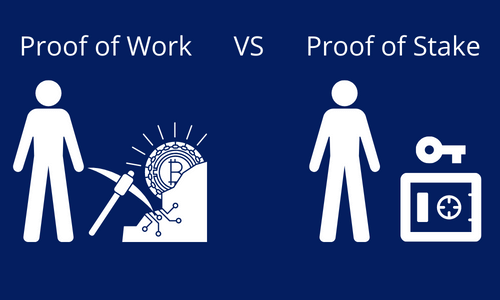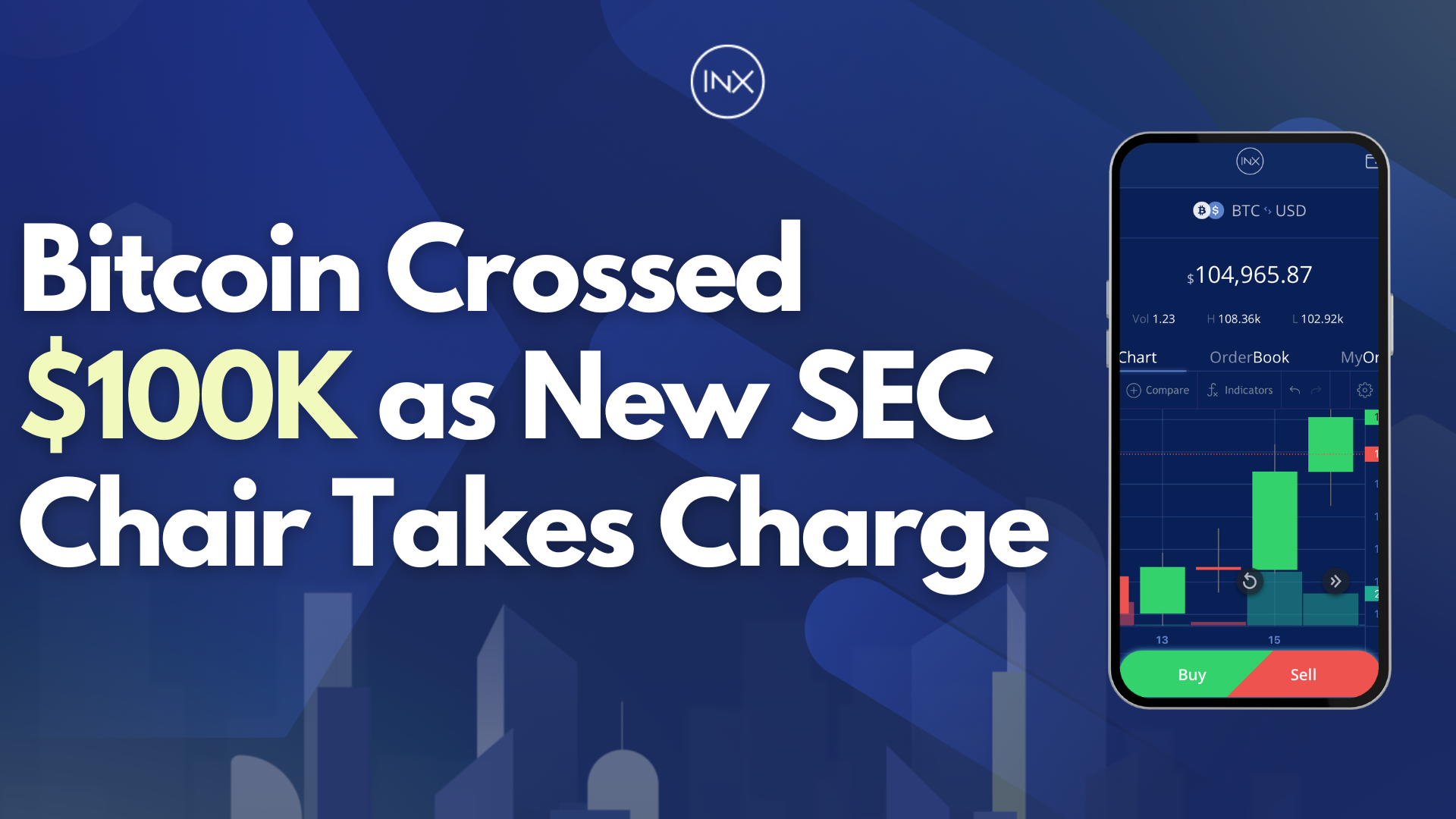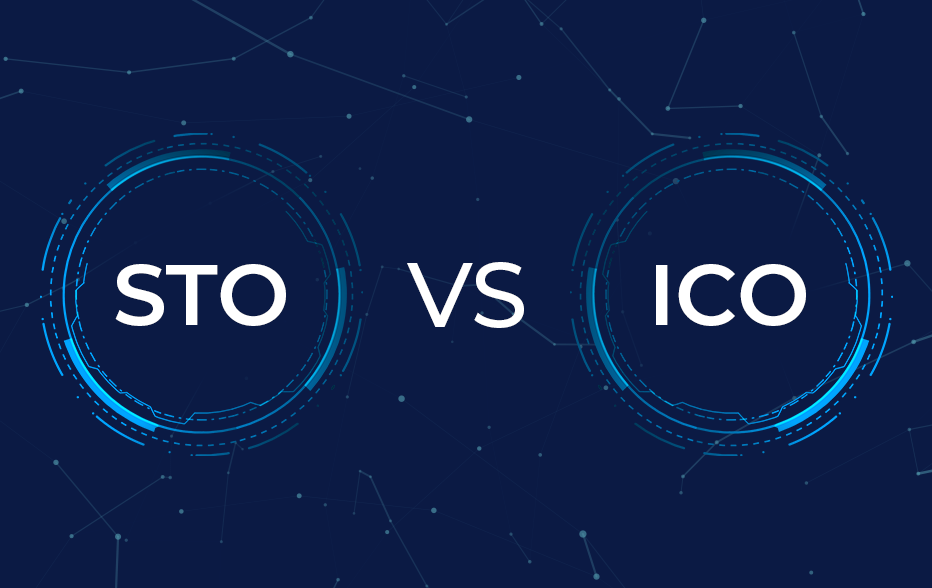What is Proof of Stake and Proof of Work, and how are they different?

There is a network of computers behind every cryptocurrency that helps keep the program safe and controls the creation of new units of its supply.
A consensus mechanism is a name given to this system.
A blockchain’s public ledger can only be updated by its users, without a third party’s assistance, using either the Proof of Work (PoW) or the Proof of Stake (PoS) consensus procedures. Cryptocurrencies rely on two processes for achieving agreement: proof of work and proof of stake. It is essential first to understand proof of work to comprehend proof of stake; thus, we’ve linked the two concepts in this guide.
It is also important to know the difference between Proof of Stake (PoS) and Proof of Work (PoW) to decide which cryptocurrencies to include in your portfolio.
What is Proof of Work?
As a result of the network’s high computational demands, Bitcoin was the first to use proof of work. Blockchains based on proof-of-work are protected and verified by a mathematical challenge that virtual miners worldwide compete to solve. In return for adding the most current transactions to the blockchain, the winner earns a certain amount of bitcoin.
Using proof of work for an essential but valuable coin has several advantages. An increase in the value of a cryptocurrency encourages more individuals to join and strengthens the network. Because of the needed computational power, no one or organization can tamper with the blockchain of a valuable cryptocurrency.
Ethereum and other intelligent contract-enabled blockchains may struggle to handle the high volume of transactions that this process generates. As a result, many substitutes have been devised, with proof of stake being the most often used.
What is Proof of Stake?
Compared to the Bitcoin blockchain, which is primarily responsible for processing bitcoin transactions, Ethereum’s blockchain is responsible for a much more comprehensive range of transactions, including DeFi transactions, stablecoin intelligent contracts, NFT minting and sales, and whatever other innovations developers come up with in the future.
They’ve decided to develop a new ETH2 blockchain, which is expected to be completed by the end of 2022. Proof of stake, a new consensus mechanism, will be used in the updated version of Ethereum. Several cryptocurrencies use proof-of-stake consensus mechanisms to boost speed and efficiency while reducing costs.
To put it another way, staking acts like mining in a proof of stake system in that it allows a network member to be chosen to add the newest batch of transactions onto the blockchain and get a reward for their efforts.
Proof-of-stake blockchains use a network of “validators” who donate or “stake” their crypto in return for the opportunity to verify new transactions and update the blockchain to receive a reward.
This is how it works:
- By rewarding those who have put in the most time and effort, the network rewards those who have invested the most in the pool with a prize depending on their total crypto holdings.
- Other validators can vouch for the accuracy of the most recent block of transactions after the winner has verified it. The blockchain is updated when a certain number of attestations have been made.
- The native coin is usually allocated by the network in proportion to each validator’s stake to all participating validators.
The Differences between Proof of Stake and Proof of Work
One notable distinction between the two consensus procedures is their energy consumption. Proof-of-stake blockchains enable networks to run with much-reduced power usage since miners don’t have to spend power on repeating procedures (competing to solve the same problem).
Consensus techniques both include economic penalties for disrupting networks and thwarting malevolent actors. An invalid block is punished by a sunk cost of computational power, energy, and time, in Proof of Work (PoW). Staved crypto money is an economic incentive for network participants to do the right thing. There will be a penalty if a validator accepts an unsatisfactory block, and it is determined by the network how much of a validator may be sliced.
| Proof of Work | Proof of Stake | |
|---|---|---|
| Who can mine blocks? | There is a better chance of mining a block with more computing power. | The more coins stacked, the more likely a new block will be validated. |
| What is the process of mining a block? | To compete, miners use their processing resources to solve challenging mathematical problems. |
Typically, the algorithm picks the winner randomly, factoring in the total number of coins invested. |
| Mining equipment. | Specialized equipment for mining, such as ASIC, CPU, and GPU. | Any personal computers or mobile devices connected to the internet. |
| How are prizes awarded? | The block reward is given to the first individual who successfully mines the block. |
Transaction fees from blocks that validators have validated go to them as compensation. |
| How is the system protected? | Having a higher hash value makes a network more secure. | Staking is a way to safeguard the network by locking crypto in place on the blockchain. |
FAQ
What is more cost-effective proof of work or proof of stake?
There are other blockchain consensus methods than proof of work that may be more efficient due to their ability to boost security while using less energy and allowing networks to expand more efficiently.
Why is proof of stake less energy?
Proof-of-Work requires more power than Proof-of-Stake. Proof-of-Work does not rely on computing capacity to solve a mathematical issue but rather on the proportion of tokens locked by each validator to distribute the privilege of verifying transactions between various validators.
Can Proof of Stake be decentralized?
Unlike conventional Proof Of Work (PoW), Proof Of Stake (PoS) doesn’t depend on miners competing against each other for hashing power to mine blocks. However, it has the potential to increase Ethereum’s protocol layer decentralization.
Is Proof of Stake slower than Proof of Work?
A Proof of Work chain would need to alter its difficulty as its combined hashing power diminishes, causing it to move more slowly. Proof of work may be more efficient than proof of stake, and it is easy to alter the PoW speed when the goal speed is slower.
David Azaraf January 25, 2022
Crypto enthusiast, help businesses plug into the token economy






